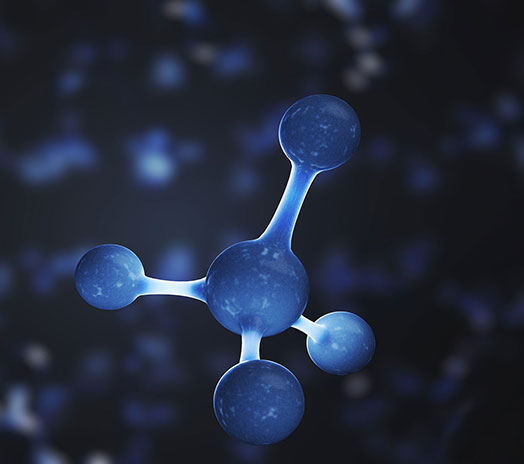Polymer Products
It can be said that since the beginning of life, humans have been using polymer materials without knowing what a polymer is. Polymers are materials whose molecular structure consists of many repeating components.
Today, the various applications of polymer materials in multiple industries are such that almost no industry can be found without traces of these materials. This is to the extent that polymer materials have created many changes in some industries. Therefore, it can be said that using these materials in some sectors has created an unprecedented revolution in them.
Polymer
These substances are chains of hydrogen and carbon atoms. These materials have crystalline order on a small scale (a few atomic distances) but do not have a crystalline structure on a large scale. The properties of polymers can be understood by knowing the molecules and their arrangement.
Polymer (resin) has a main carbon skeleton with hydrogen atoms; they are a chain of carbon and hydrogen atoms. The variety of properties of these materials depends on the degree of polymerization (i.e., the size of the molecule) and the presence of sub-branches.
Polymer is the name of the raw plastic product that exists in nature in different forms. Polymer materials have a wide variety and are selected for plastic products according to the final product. Plastic is the name given to artificial polymers.
Chemically, these materials are made up of single units called monomers, which are linked with millions of other molecules like themselves to form long chains. The chain may be linear or have several branches, and several transverse connections may connect the chains.
The length of these chains, the number of branches they have, and how tightly they are linked together determine the physical properties of the final plastic.
Click on the link below to read more:









